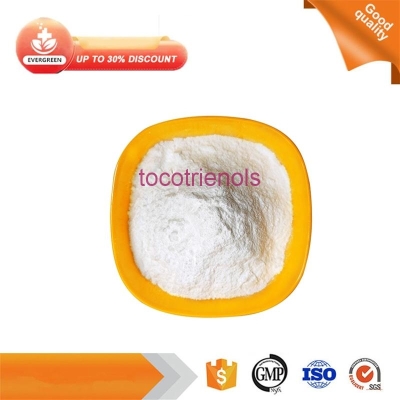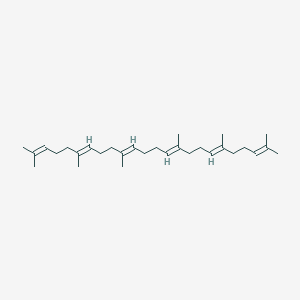-
Categories
-
Pharmaceutical Intermediates
-
Active Pharmaceutical Ingredients
-
Food Additives
- Industrial Coatings
- Agrochemicals
- Dyes and Pigments
- Surfactant
- Flavors and Fragrances
- Chemical Reagents
- Catalyst and Auxiliary
- Natural Products
- Inorganic Chemistry
-
Organic Chemistry
-
Biochemical Engineering
- Analytical Chemistry
- Cosmetic Ingredient
-
Pharmaceutical Intermediates
Promotion
ECHEMI Mall
Wholesale
Weekly Price
Exhibition
News
-
Trade Service
An international team reporting in a new issue of the American journal Science Advances that they have developed a nano-robot that, for the first time, allows robots to bypass the surface of the eyeball and reach the retina without damaging tissue, and is expected to be used in precision dosing in the future.
This surface-lubricated spiral magnetic nanobot is only 500 nanometers in diameter, less than two hundredths of the length of the hair, and can perform controlled movement from the center of the eye glass body to the retina in a short time.Chu Tian, a researcher at the Max Planck Institute for Intelligent Systems in Germany and one of the authors of the
paper, told Xinhua that conventional ophthalmology delivery is mainly done by dripping or blood transport, but these methods are hampered by multiple biological barriers that make it difficult to deliver drugs to the back of the eye, such as the retinal macular region.
recent years, researchers have tried to design nano-robots that can move in the glass body of the eyeball, but how the robot can get rid of biometric adhesion and realize the relatively long-distance movement inside the eye tissue has become a bottleneck problem.
researchers from the Max Planck Institute for Intelligent Systems in Germany, the University of Sturgat in Germany, the University of Technology in Harbin, China, and Aarhus University in Denmark developed the nanobots, inspired by the liquid lubrication interface of pig cage grass in nature. The surface of the pig cage grass has a nano-thickness liquid lubrication layer, which makes it easy for insects that fall on the surface of the plant to slip into the "mouth" of the plant. The researchers put a liquid lubrication layer on the surface of the nanobot that mimics the pig cage grass, greatly reducing the adhesion of the biomass and allowing the robot to move in the glass body.
the nanobot can also reach a specified point under the guidance of an external magnetic field. Studies have shown that it is more than ten times faster and more targeted than the usual way drugs rely on diffusion to reach the bottom of the eye.
will be able to carry drugs, move to the lesions and release them to achieve minimally invasive and precise treatments for eye diseases, said Mr. Chu. (Xinhua News Agency)







